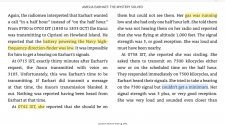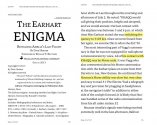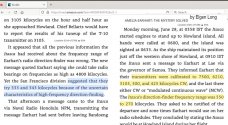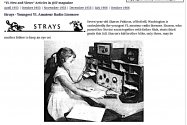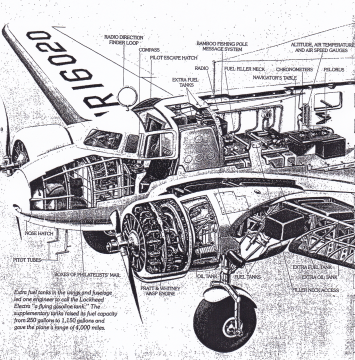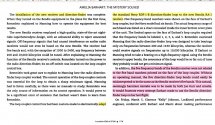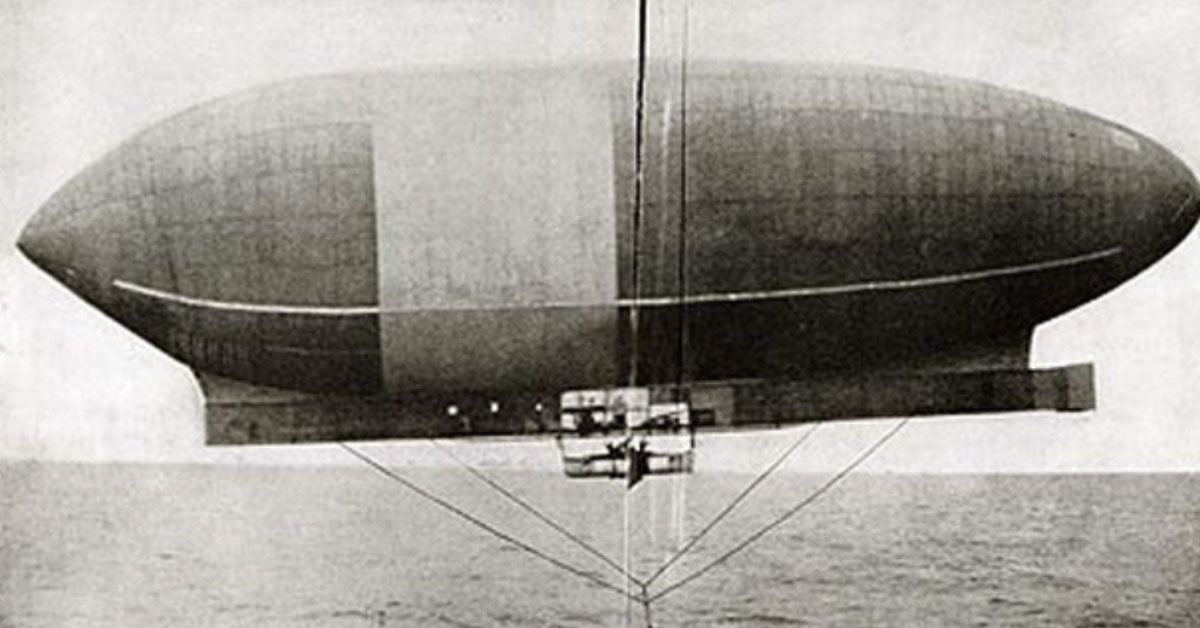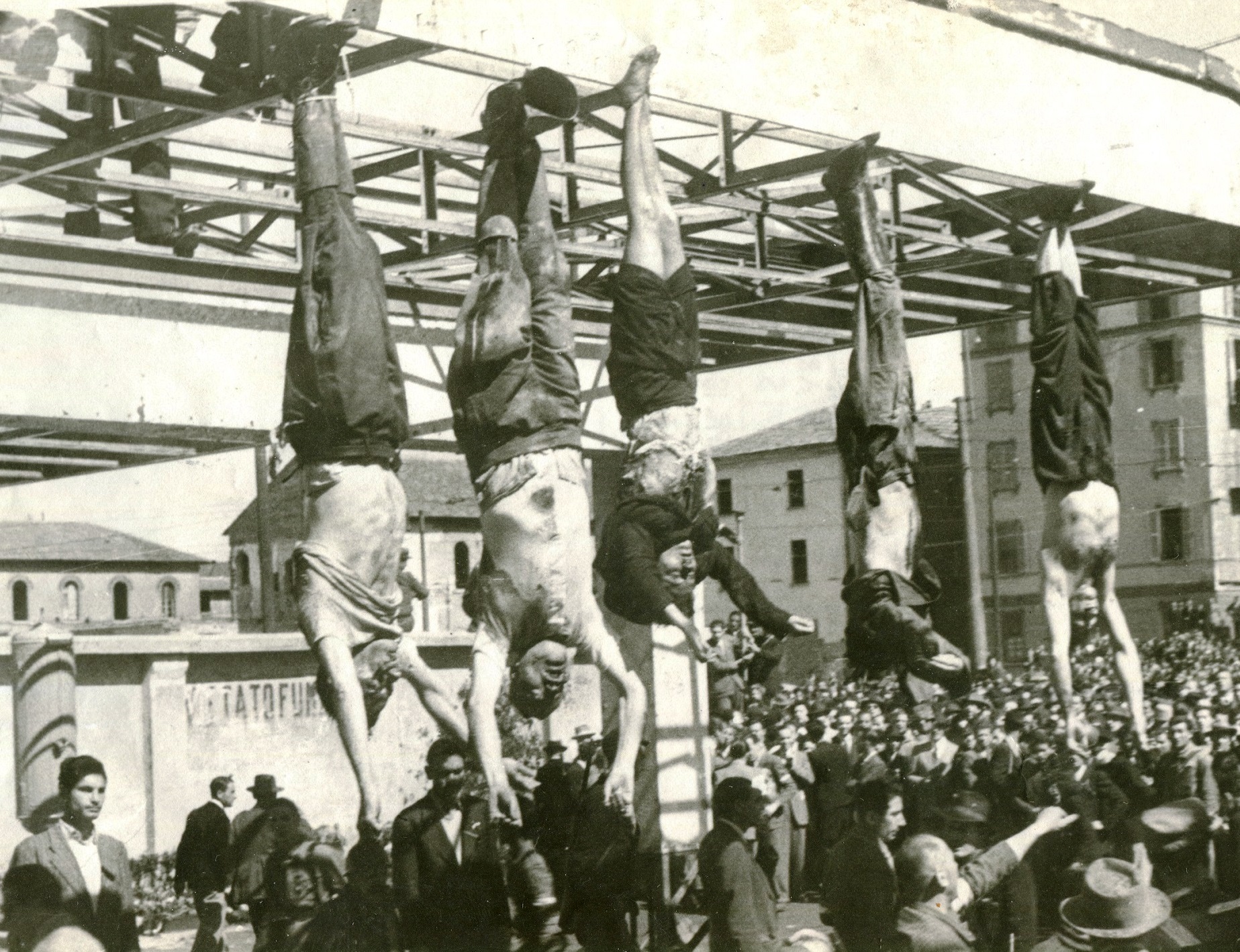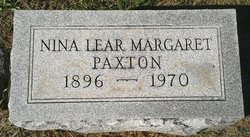AC4RD and Richard......Great information and insight......thank you!
Truly a mystery....I can only hope the disappearance of AE and FN gets resolved.
As a child, my dad and I would watch shows like Unsolved Mysteries and In Search Of. I was fascinated by Bigfoot, UFO'S, and Amelia.
Some questions....Is it "normal" for the pilot to radio in a distress call or would this have been more of a task Noonan should have taken?
Last transmission was of AE saying the word (wait)..then silence. Thoughts? Wait as in I spot something, or maybe she didn't get to finish her sentence?
If they were already lost, how do we know the coordinates she gave were accurate?
What is "normal" regarding emergency messages is that the Navigator would have drafted the message with a position/location of the aircraft at a specific time as well as the plane's heading and airspeed. This is vital information needed by anyone doing "flight following" or who would need to initiate Search and Rescue (SAR) efforts. Whoever was normally talking on the radio or sending Morse code messages would send it - if not by the pilot in command, then with his/her concurrence.
Amelia had stated on the outset of her flight that she did not intend to communicate with any radio stations, but would be providing reports of her position at regular times, at 15 and 45 minutes after the hour.
In fact, radio logs indicate that she did NOT transmit position reports on a regular basis at any stage of her trip. On her final leg, except for one position report to Lae, she did not give any other position reports.
She never acknowledged any transmissions from Itasca, never answered any of their questions, and never gave Itasca a position report. She did continue to transmit TO Itasca and did ask them to transmit a homing signal for her to get a Direction finding cut on with her loop antenna. Also, she asked Itasca to try to get a bearing on her transmissions.
Only at one time (at 8:00 AM Howland/Itasca time), Amelia acknowledged receipt of a homing signal (which had been sent on 7500 khz) when she transmitted to Itasca: "... We received your signals but unable to get a minimum please take bearing on us and answer 3105 (khz) with voice."
Itasca could hear Amelia's transmissions, but never established two-way voice communication with her.
Amelia's final airborne voice transmission (on 3105 KCS) was sent at 8:44 AM (Howland/Itasca time). Earhart: "We are on the line of position 157-337, will repeat this message on 6210 KCS. Wait, listening on 6210 KCS. We are running North and South."
Nothing further was heard by Itasca.
It is not certain what she meant by "Wait," but clearly she continued talking immediately after saying it. She may have meant that she would attempt sending her message on 6210 Kilocycles, but that it would take her a moment to switch frequencies.

